In the fast-paced world of urban commuting, efficiency is everything. The daily grind often involves juggling multiple tasks while navigating crowded streets, unpredictable weather, and the constant pressure of time. Enter the commuter raincoat handbag—a sleek, multifunctional accessory that promises to revolutionize the way we handle rainy days on the go. Its standout feature? A 3-second folding mechanism that transforms it from a weatherproof shield into a compact, handheld pouch. This isn’t just another rain gear gimmick; it’s a carefully engineered solution for modern city dwellers who refuse to sacrifice style for practicality.
The design philosophy behind this innovative product is rooted in the challenges of urban mobility. Traditional raincoats, while effective, often become a burden once the downpour stops. Bulky, damp, and awkward to carry, they’re the antithesis of convenience. The commuter raincoat handbag addresses this pain point head-on. Crafted from lightweight, water-repellent materials, it offers full coverage during rainstorms but folds into a neat, palm-sized package when not in use. The transformation is so swift and intuitive that it feels almost magical—hence the "3-second folding transformation technique moniker that’s been buzzing across lifestyle blogs and tech forums alike.
What sets this product apart is its seamless integration into daily routines. Unlike foldable umbrellas that still leave users fumbling with straps or handles, the handbag version tucks away cleanly, often with a single motion. Some models even incorporate magnetic clasps or origami-inspired pleating to ensure the folded form stays secure. The attention to detail extends to aesthetics, too. Designers have prioritized minimalist silhouettes and neutral colorways, ensuring the bag complements professional attire as effortlessly as casual wear. For those who value sustainability, several brands now offer versions made from recycled plastics or biodegradable fabrics, aligning with the growing demand for eco-conscious fashion.
The technology behind the folding mechanism is deceptively simple yet ingenious. Engineers drew inspiration from space-saving camping gear and even medical emergency blankets to create a structure that maintains durability without added bulk. Tiny, flexible joints and strategically placed creases allow the material to collapse inward predictably every time. Users report that mastering the fold requires minimal practice—a stark contrast to the frustrating trial-and-error often associated with folding maps or fitted sheets. This user-friendly approach has made the product particularly popular among cyclists and public transit commuters, who appreciate gear that can adapt on the fly.
Market response has been overwhelmingly positive since these hybrid raincoat-bags hit shelves earlier this year. Retailers in Tokyo, London, and New York report waiting lists for premium models, while mid-range options have become staples in department stores. Social media has played a significant role in the trend’s spread, with viral videos showcasing the lightning-fast folds garnering millions of views. Interestingly, the product has found unexpected fans beyond the commuter demographic. Parents praise its usefulness for sudden playground showers, while festival-goers love how easily it stashes away when the sun reappears. This versatility suggests the design might spark a broader shift in how we think about weather-ready accessories.
Critics, however, point out limitations. The handbag’s capacity is necessarily smaller than traditional totes, forcing users to prioritize essentials. Some early adopters also note that while the materials are water-resistant, prolonged exposure to heavy storms can eventually lead to seepage—a trade-off for the ultra-lightweight construction. Manufacturers are already responding to this feedback, with next-generation prototypes featuring improved seam sealing and optional expandable compartments. Price points remain a barrier for some, with high-end models rivaling the cost of designer handbags, though budget-conscious consumers can find capable alternatives under $50.
As urban populations grow and climate patterns become increasingly erratic, products like the commuter raincoat handbag represent more than just a clever gadget—they symbolize a cultural shift toward adaptive, multi-use design. The success of this item has spurred innovation across the apparel industry, with rumors of foldable winter coats and convertible footwear already circulating. Whether this particular product becomes a timeless staple or evolves into something even more advanced, one thing is clear: in the battle between commuters and the elements, ingenuity is winning. The era of bulky, single-purpose rain gear may finally be coming to a close, ushered out by a handbag that mastered the art of the 3-second transformation.

By /Jul 16, 2025

By /Jul 16, 2025

By /Jul 16, 2025

By /Jul 16, 2025

By /Jul 16, 2025

By /Jul 16, 2025

By /Jul 16, 2025

By /Jul 16, 2025

By /Jul 16, 2025
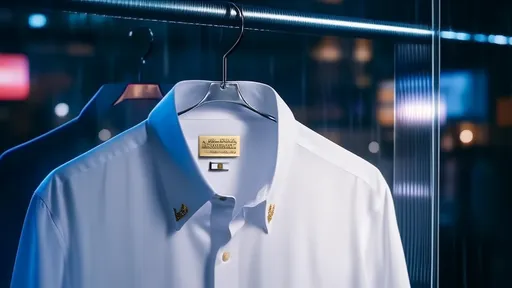
By /Jul 16, 2025

By /Jul 16, 2025
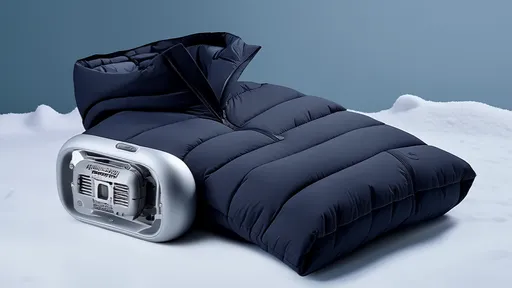
By /Jul 16, 2025
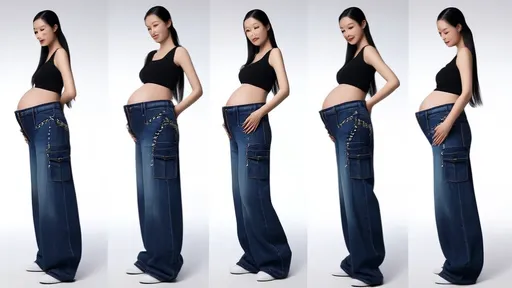
By /Jul 16, 2025
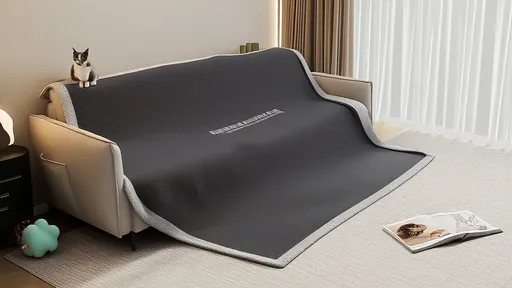
By /Jul 16, 2025
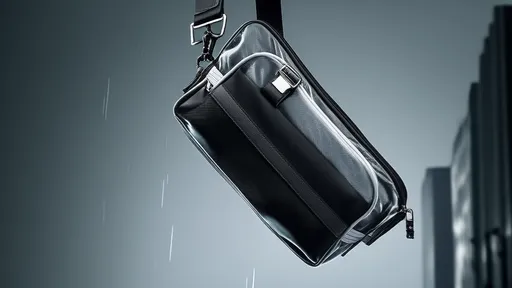
By /Jul 16, 2025

By /Jul 16, 2025
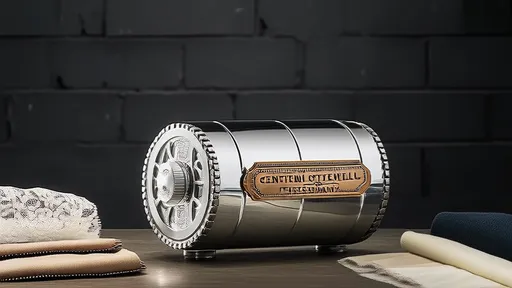
By /Jul 16, 2025

By /Jul 16, 2025